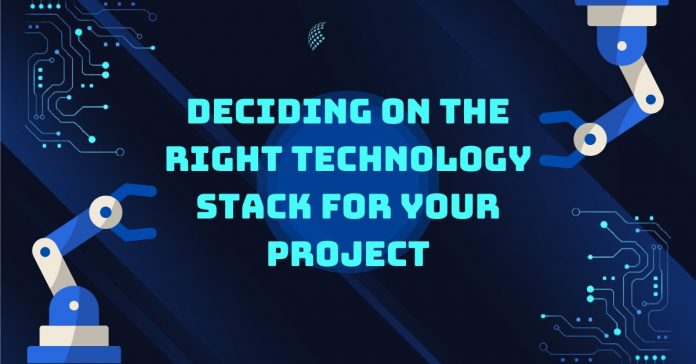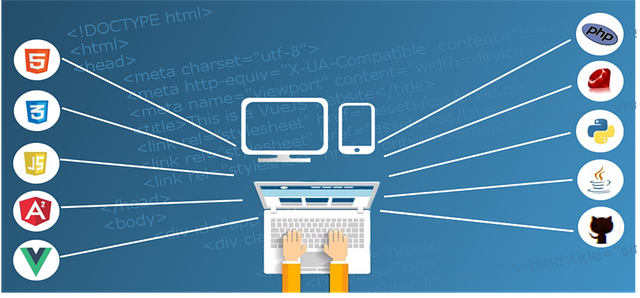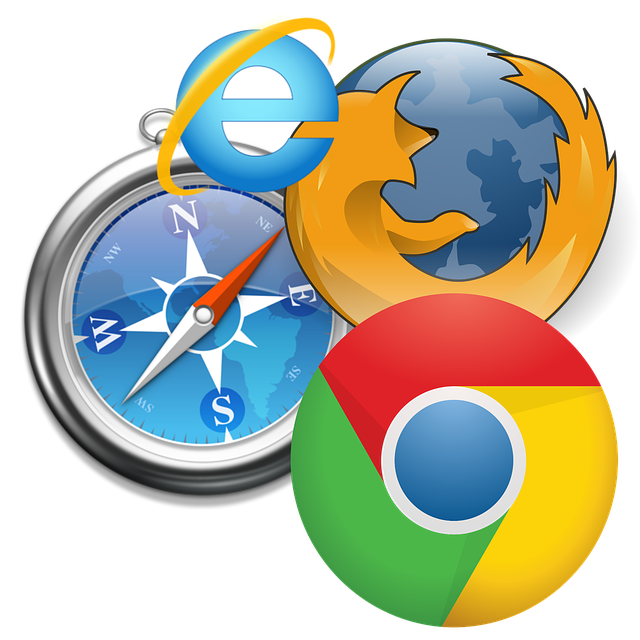Do you know what technology stack is right for your project & budget?
That’s a trick question to answer…Most people feel they should first evaluate what technology stack their project requires, right? But then they get confused about which technology stack must be used.
In this article, we’ll try to help you choose the right technology stack for your project by providing a checklist that will give you ideas when selecting one.
Here Are the SIX Factors for Choosing the Most Suitable Technology Stack:-
Table of Contents
Factors For Selecting The Right Technology Stack For Your Project
1. Defining the Platform
The first step is to define the platform. A platform is a product that provides services to an application. It can be a web, mobile or cloud service.
There are many different types of platforms, and they each have their pros and cons. For example, web services provide the building blocks for building applications but are slow and relatively expensive.
On the other hand, mobile apps provide a much faster solution with a lower cost of ownership, but they require more development effort since they are not as easy to use as web services.
Cloud platforms are also helpful because they allow you to scale your application without worrying about hardware or infrastructure costs.
READ ALSO: 10 Reasons Why Project Management Is Vital To Organizations
2. Scalability Requirements
Scalability is a critical factor for every application. It is not just about the number of users your app can handle but also about how fast the data can be processed and how quickly you get new features into production.
The general rule of thumb is that you should pick a technology stack that has good scalability to start with. For example, if you are building an e-commerce site, you should use a high-performance database like PostgreSQL or MySQL rather than a low-performance one like MongoDB. This way, your website will scale well as traffic increases.
3. Team Expertise
A technology stack is not a simple one-size-fits-all solution. Each team will have different requirements, so it’s essential to know your team’s prior experience with the technologies you are considering.
This can help you avoid making mistakes in your choice of technology and also guide you on how to build a solution that meets the needs of your team.
If you don’t have any members on your team who have worked with these technologies before, then software development staff augmentation would be helpful. This way, you can utilize the expertise of specialized coders who can fill in gaps in your team.
At the same time, it is at a much lower cost than onboarding full-time software developers.
READ ALSO: How to Choose the Best Software Development Company in the USA
4. Performance
Performance is an integral factor that cannot be overlooked. How your application runs and how fast it can be deployed and maintained here matters.
The more complex your application is, the more important performance becomes. For example, if you want a fast-running website, you might want to use a high-performance language like Go, Python, or C++ instead of Java or PHP.
Another thing to consider is whether your technology stack has good performance across different devices and platforms.
For example, if you’re building an app for mobile users, don’t just pick JavaScript because it runs on all devices — but also consider that some browsers are better at rendering JavaScript than others (like Safari vs. Chrome).
If you’re building for web browsers only, choose ReactJS over AngularJS (which supports mobile and desktop).
5. Maintenance
When you choose a technology stack, you should consider whether or not it is easy to maintain and update. The most common maintenance tasks are to upgrade the database and software, add new features, and fix bugs.
The main reason why maintenance is necessary is that it allows companies to stay competitive. If your company doesn’t have the resources to keep up with the latest technology, you could fall behind in the market and lose customers looking for better products or services.
READ ALSO: Pros And Cons Of Open Source CMS
6. Cost
The price of each technology stack is different, and some may cost more than others. When you are looking for new technologies, make sure to consider your budget before making any final decisions.
Open source may be a good choice if you are looking for an affordable solution that provides advanced features.
On the other hand, if you want a robust and reliable platform that can scale quickly with your business needs, then consider commercial software solutions.
Deciding On The Right Technology Stack For Your Project: FAQs
Choosing the right technology stack, the combination of programming languages, frameworks, and tools, is crucial for the success of your project.
Here are some FAQs to guide you through this decision-making process:
What factors should I consider when choosing a technology stack?
Several factors influence your choice of tech stack:
- Project Requirements: The project’s purpose, features, and target audience significantly impact the technology choices. For instance, building a mobile app requires a different stack than developing a complex web application.
- Team Expertise: Consider your development team’s skills and experience. Choosing a stack they’re familiar with can accelerate development and reduce the learning curve.
- Scalability Needs: Think about how your project might grow in the future. The tech stack should accommodate potential user base growth and feature additions.
- Budget: Free and open-source options exist, but some technologies might require licensing fees or cloud service subscriptions that impact your budget.
- Security: The level of security needed for your project will influence your tech stack choices. Some technologies are known for their robust security features.
What are some popular technology stacks for different project types?
- Web Development: Popular stacks include LAMP (Linux, Apache, MySQL, PHP) or MEAN (MongoDB, Express.js, Angular, Node.js) depending on your needs.
- Mobile App Development: Native options like Swift for iOS or Kotlin for Android are preferred for optimal performance, while cross-platform frameworks like React Native offer a single codebase for both iOS and Android.
- Data Science and Machine Learning: Python with libraries like TensorFlow and NumPy is a popular choice due to its extensive data science ecosystem.
Is it always best to choose the latest and greatest technologies?
Not necessarily. While staying updated is important, the latest tech might not always be the most stable or have a large support community. Consider the maturity and stability of a technology stack alongside its features and trends.
READ ALSO: Best Windows 7 Operating System Alternatives
Should I prioritize using a full stack or focus on specific technologies?
A full-stack developer can handle both front-end (user interface) and back-end (server-side) development. However, for larger projects, specializing in front-end or back-end technologies with dedicated teams is often more efficient.
Where can I find more information about different technology stacks?
Numerous online resources provide insights and comparisons of various tech stacks. Popular options include developer blogs, technology review websites, and documentation from the frameworks themselves.
To Sum Up
Suffice it to say that there are many factors to consider for any project you want to build. There is no correct answer when choosing a technology stack for your project, as every environment is different.
A stack that works well for one company may not be the best solution for another. Only through careful consideration of all of the factors will you be able to come up with a solution that is perfect for your team’s needs and resources.
INTERESTING POSTS
- Network Firewalls: Comprehensive Guide For Non-Tech-Savvy People
- A Step-by-Step Guide To Website Development
- Methods For Increasing The Availability Of Your App
- Difference Between Bitcoin And Bitcoin Cash – Which Is Safer?
- What Are The Security Features On The QuickBooks Desktop?
- What An SEO Company Needs To Look At Before Starting Your Business Project
- How To Start A Cybersecurity Company
- Privacy Vs Security: What’s The Difference?
About the Author:
Chandra Palan is an Indian-born content writer, currently based in Australia with her husband and two kids. She is a passionate writer and has been writing for the past decade, covering topics ranging from technology, cybersecurity, data privacy and more. She currently works as a content writer for SecureBlitz.com, covering the latest cyber threats and trends. With her in-depth knowledge of the industry, she strives to deliver accurate and helpful advice to her readers.
Meet Angela Daniel, an esteemed cybersecurity expert and the Associate Editor at SecureBlitz. With a profound understanding of the digital security landscape, Angela is dedicated to sharing her wealth of knowledge with readers. Her insightful articles delve into the intricacies of cybersecurity, offering a beacon of understanding in the ever-evolving realm of online safety.
Angela's expertise is grounded in a passion for staying at the forefront of emerging threats and protective measures. Her commitment to empowering individuals and organizations with the tools and insights to safeguard their digital presence is unwavering.









